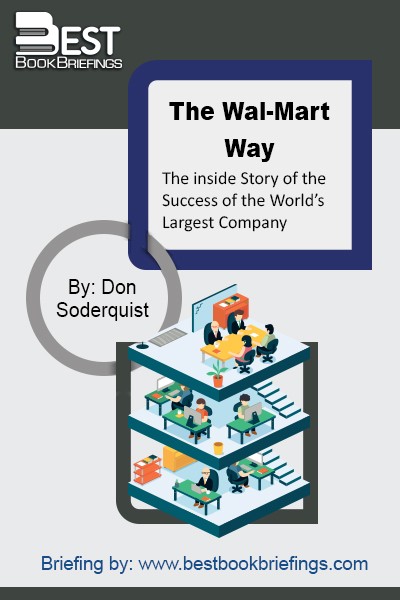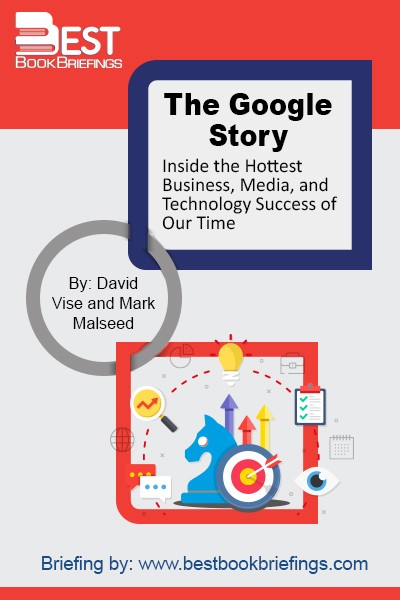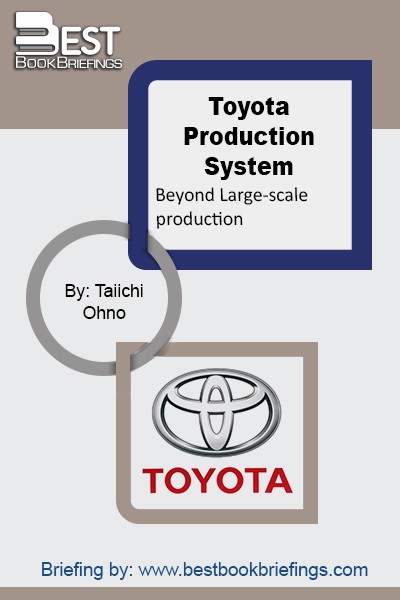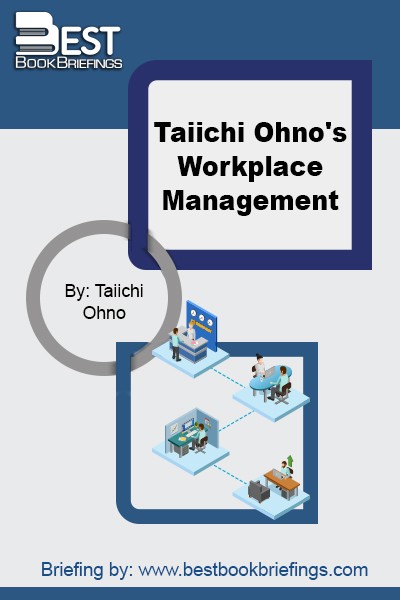Toyota Production System
Beyond Large-scale production
Number of pages: 152
Publisher: Productivity Press
BBB Library: Business Classics, Corporate Success
ISBN: 978-0915299140
Editorial Review
The oil crisis in the fall of 1973 resulted in a recession of government and business, as well as society. By 1974, Japan’s economy had reached a state of zero growth and many companies were suffering and even bankrupted. But at the Toyota Motor Company, despite the declined profits, earnings were maintained in 1975, 1976, and 1977 more than other companies. This widening gap between Toyota and other companies rose an important question: what is unique at Toyota? They realized that the conventional American mass production system that had worked for so long simply did not work anymore. Thus, their principle objective became to produce many models in small quantities.
Book Reviews
Books on Related Topics

The Wal-Mart story is full of simple, but important truths. It's a story that has mystified some, frustrated others, and been admired by many. It's a story about principled, focused leadership that has been able to effectively and consistently balance values and the bottom line in a way that has seldom

Moscow-born Sergey Brin and Midwest-born Larry Page dropped out of graduate school at Stanford University to, in their own words, change the world through a powerful search engine that would organize every bit of information on the Web for free. The Google Story takes you deep inside the company's wild ride from an




